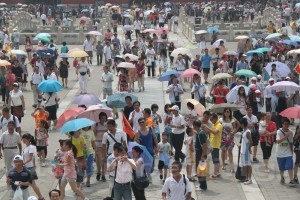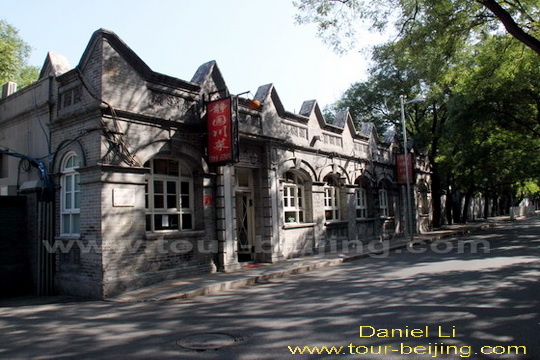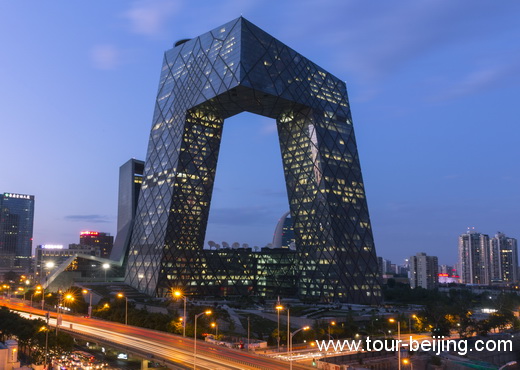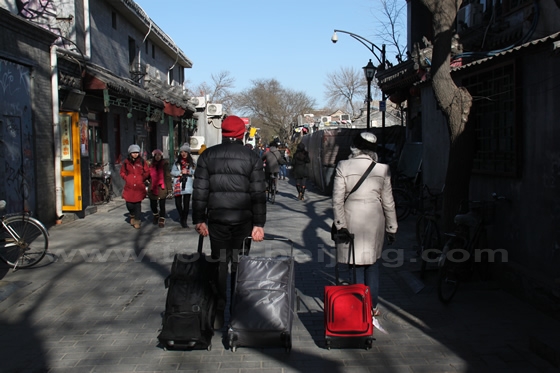Foreign travelers want to know how many people live in Beijing or the actual resident population in Beijing. Well, according to the recent official statistics, Beijing’s actual resident population has reached 19.72 million by the end of last year (2009), of which there is 7.26 million floating population who live in Beijing over half year.
From 2006, the total number of Beijing population growth has increased by 543,000 every year, and 70% of the newly added population are floating migrant workers. By the end of 2020, Beijing’s actual resident population will expand to 250 million, exceeding the population control target – 180 million set by the local authority.
There are mainly two reasons behind the fast expansion of Beijing actual resident population. First, people in the less developed west area are moving towards Beijing, causing the inbalance between the developed urban areas and less developed or backwater area. Second, Beijing population service management system has lagged behind and need upgrading.
Rapid expansion of the population will inevitably put huge pressure on resources and the environment. Research shows that 98% of Beijing’s energy resources are from other provinces in China. Take water resources for example, Beijing average annual water availability is only 2.6 billion cubic meters, and the actual use of water exceeds annual average of about 3.6 billion cubic meters of water.
40 percent of Beijingers middle class, namely 5.4 million people with an average monthly income of about 6,000 yuan (US$885). About two thirds of the middle class are trying hard to pay off car loans or mortgages. The middle class are mostly government officials, small business owners, corporate middle managers, teachers and doctors.










